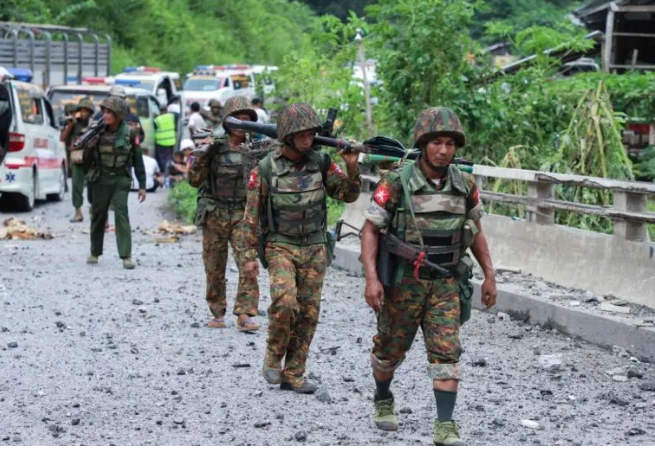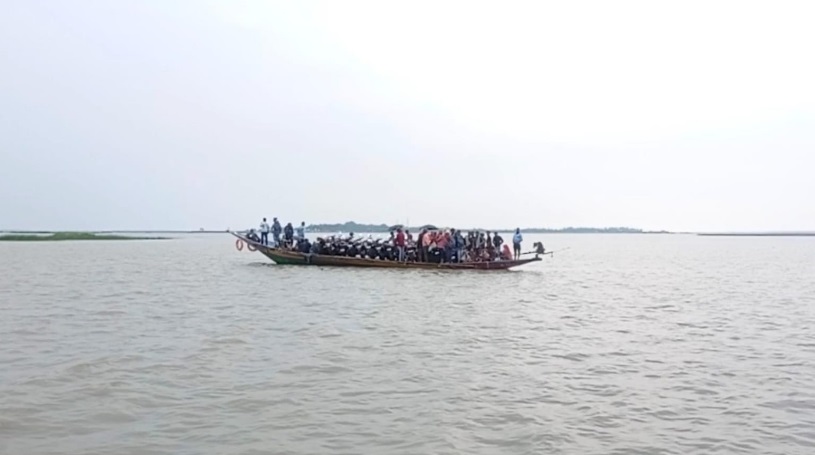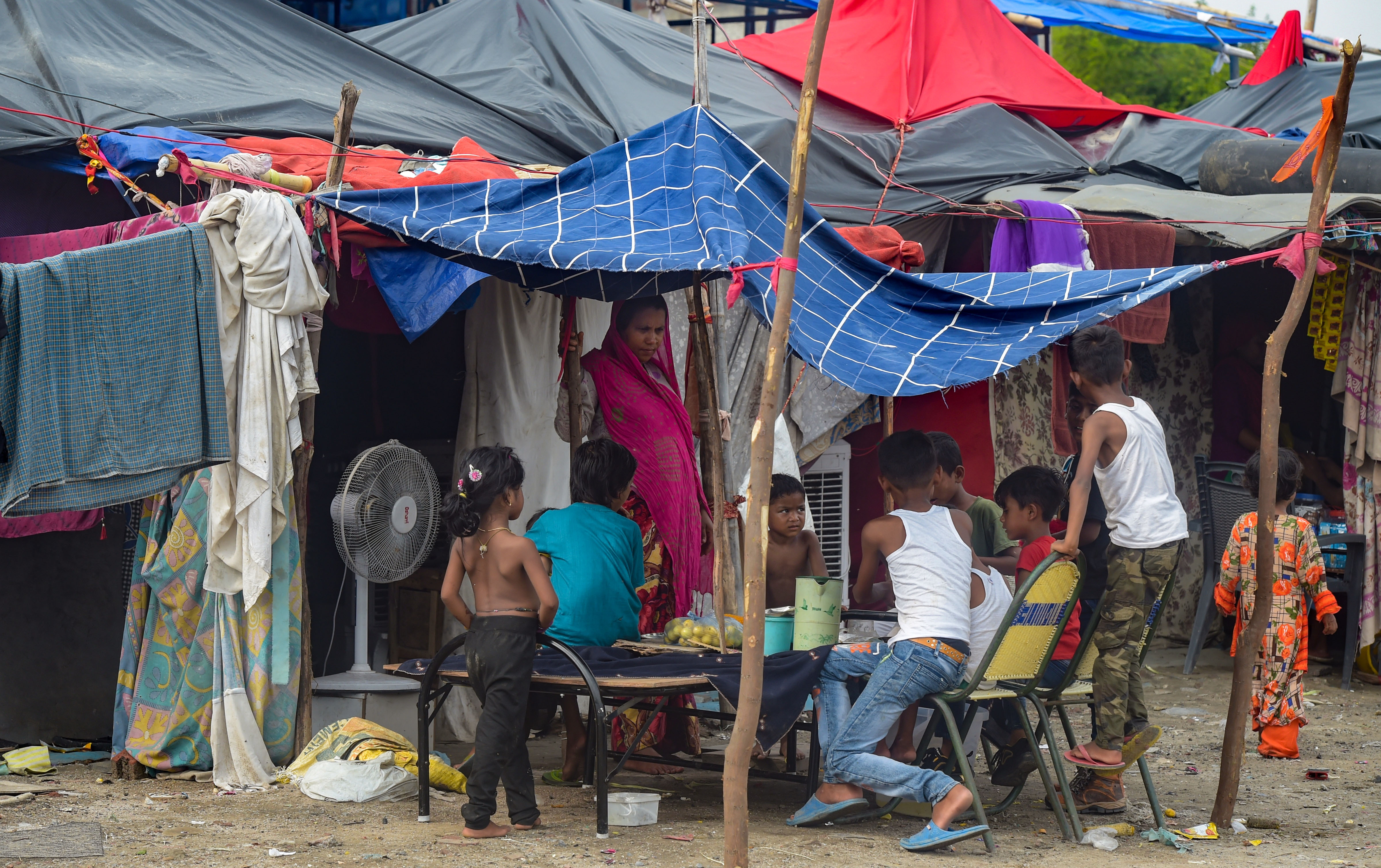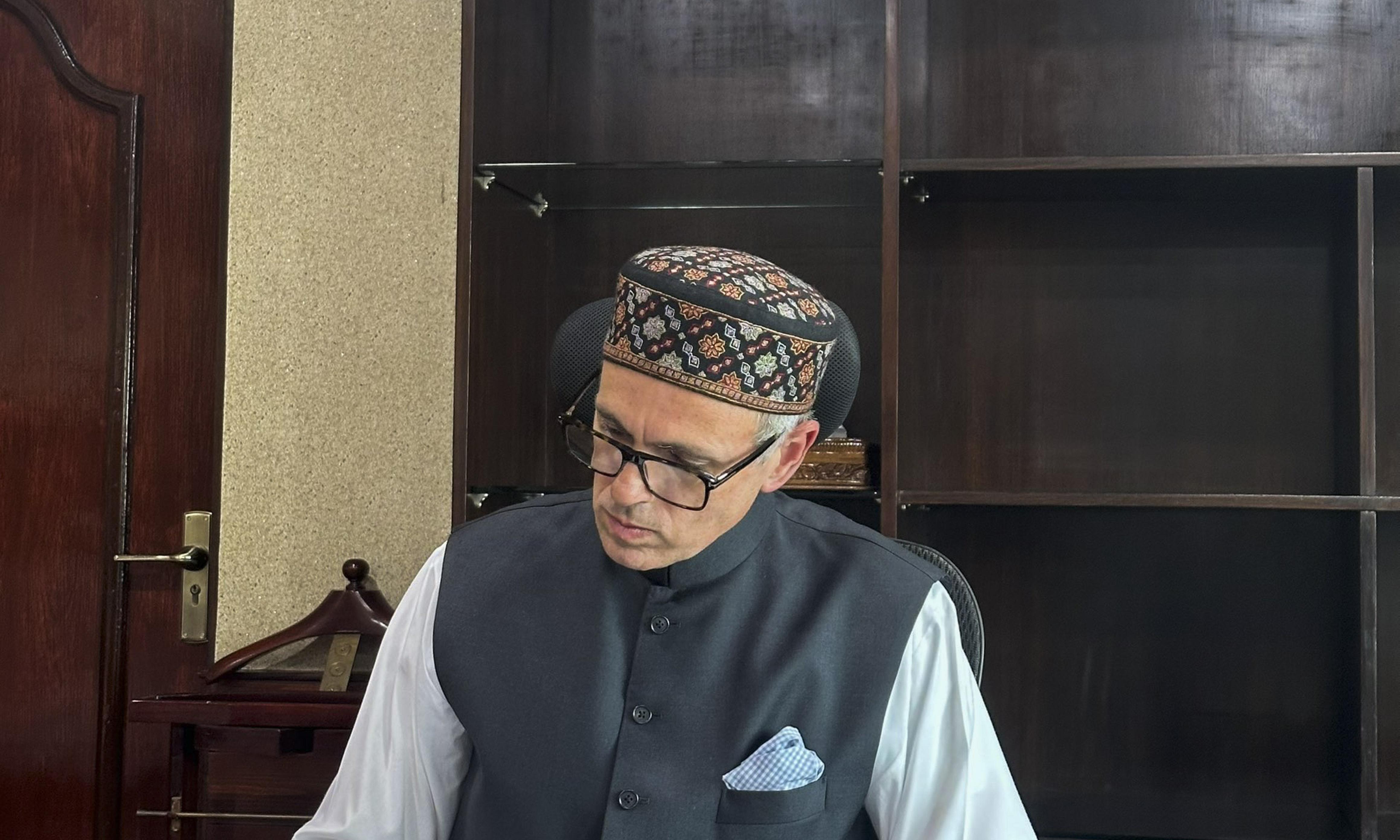Out of options, Rohingya are fleeing Myanmar and Bangladesh by boat despite soaring death toll
Associated PressSYDNEY — Across a treacherous stretch of water, the Rohingya came by the thousands, then died by the hundreds. Last year, nearly 4,500 Rohingya — two-thirds of them women and children — fled their homeland of Myanmar and the refugee camps in neighboring Bangladesh by boat, the United Nations’ refugee agency reported. “Southeast Asian waters are one of the deadliest stretches in the world and a graveyard for many Rohingya who have lost their lives,” says Babar Baloch, UNHCR’s spokesperson for Asia and the Pacific. “The rate of Rohingya who are dying at sea without being rescued — that’s really alarming and worrying.” Inside the squalid refugee camps in Bangladesh, where more than 750,000 ethnic Rohingya Muslims fled in 2017 following sweeping attacks by Myanmar’s military, the situation has grown increasingly desperate. “If there is no hope restored in Rohingya lives either in Myanmar or in Bangladesh, there are no rescue attempts, sadly we could see more desperate people dying in Southeast Asian seas under the watch of coastal authorities who could act to save lives.” Six of Mohammed Taher’s family members were aboard the boat that vanished in November, including his 15-year-old brother, Mohammed Amin, and two of Taher’s nephews, ages 3 and 4.
History of this topic

Drones, Desperation, and Displacement: Rohingya Flee Violence in Myanmar’s Rakhine State
The DiplomatTwo boats with more than 260 Rohingya refugees arrives in Indonesia’s coast
Associated Press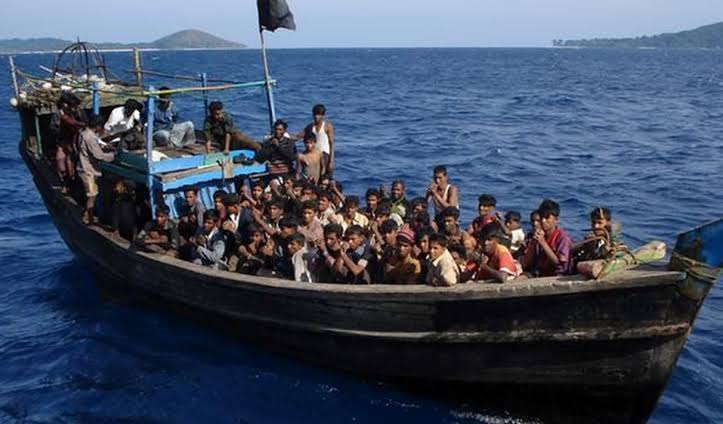
Malaysia turns away two boats carrying around 300 Rohingyas
Op India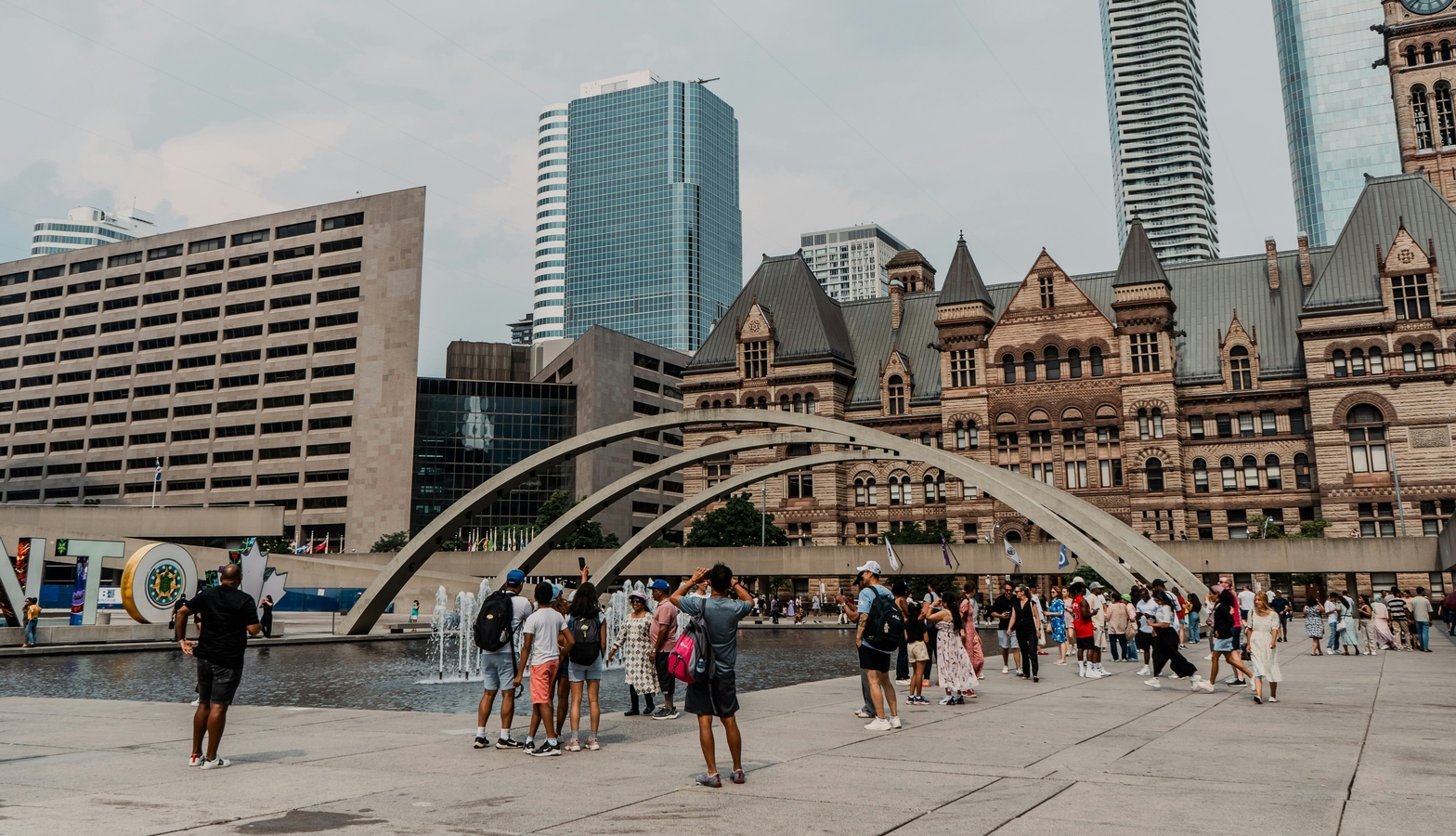
Malaysia turns back boats carrying 300 M
Hindustan Times
Malaysia turns away 2 boats with nearly 300 Rohingya refugees after dozens landed on island
Associated Press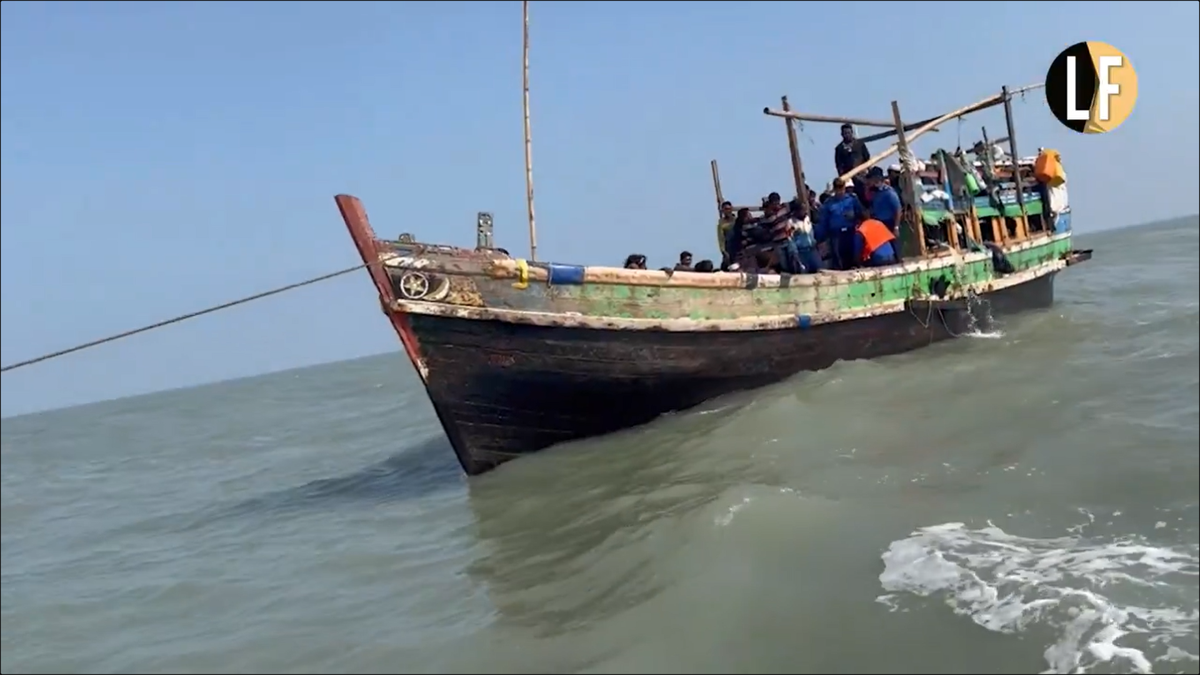
Sri Lanka rescues 102 people believed to be Rohingya refugees from adrift fishing trawler
The Independent
Sri Lanka Navy rescues over 100 Rohingya adrift in the Indian Ocean
Al JazeeraA nuanced and compassionate understanding of Rohingya’s flight is the need of the hour
The Hindu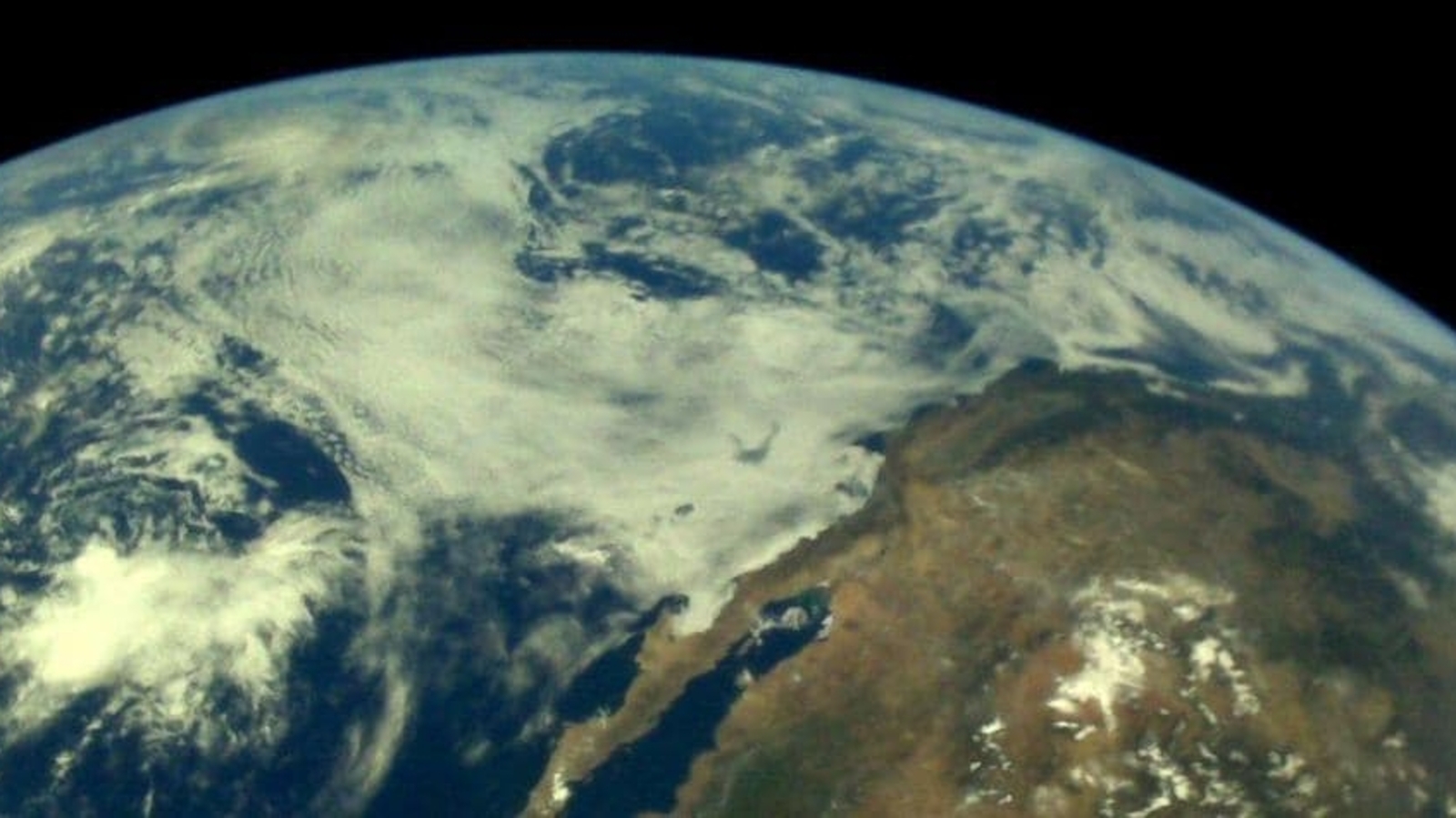
Hundreds of Rohingya Arrive in Indonesia's North Sumatra and Aceh
Hindustan Times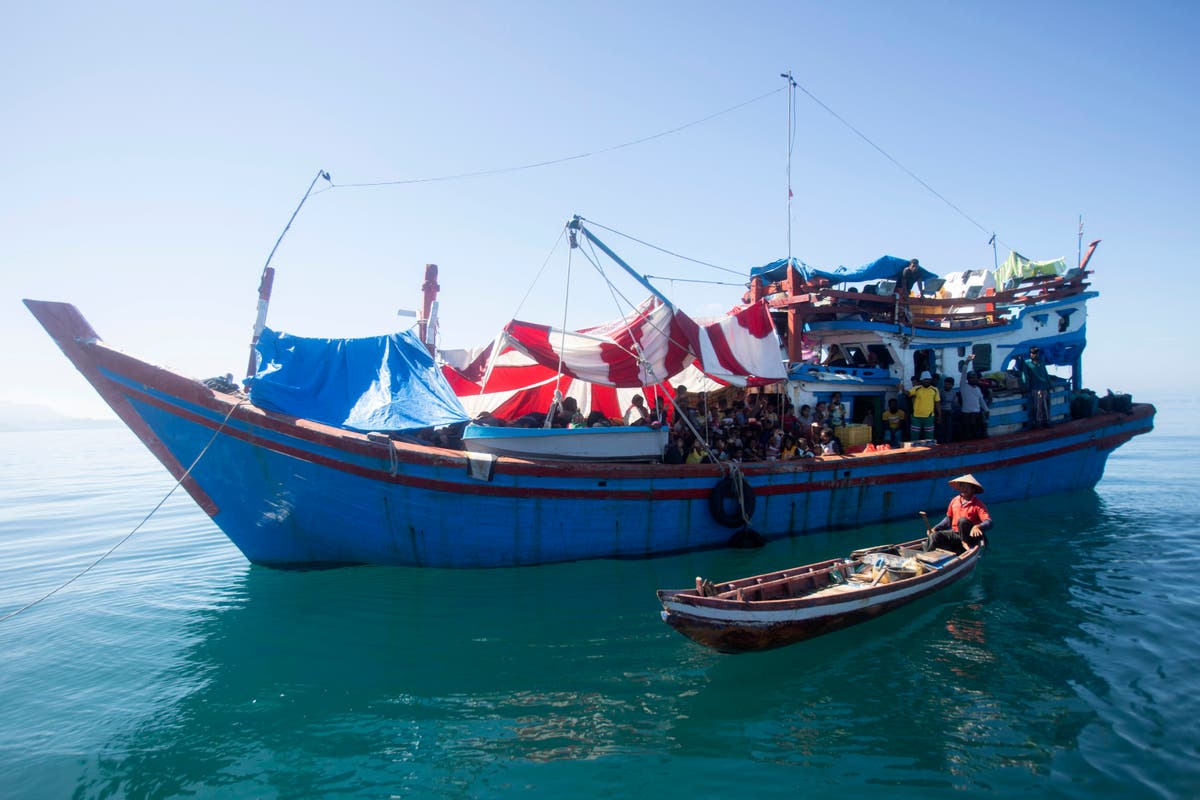
About 140 Rohingya Muslims on wooden boat off Indonesia's coast as residents refuse to let them land
The Independent
Boat Carrying Villagers Feared Capsizing in Myanmar, Claiming Seven Dead and Dozens Missing
Associated PressRohingya forcibly conscripted by rebels in battle against Myanmar military
ABC
Bangladesh ramps up border vigilance as thousands of Rohingya flee Myanmar
The HinduRohingya refugees mark the anniversary of their exodus and demand a safe return to Myanmar
The HinduRohingya refugees mark the anniversary of their exodus and demand a safe return to Myanmar
Associated Press
Rohingya refugees mark the anniversary of their exodus and demand a safe return to Myanmar
The IndependentUN rights chief raises alarm about Myanmar’s Rohingya civilians trapped by fighting
Associated Press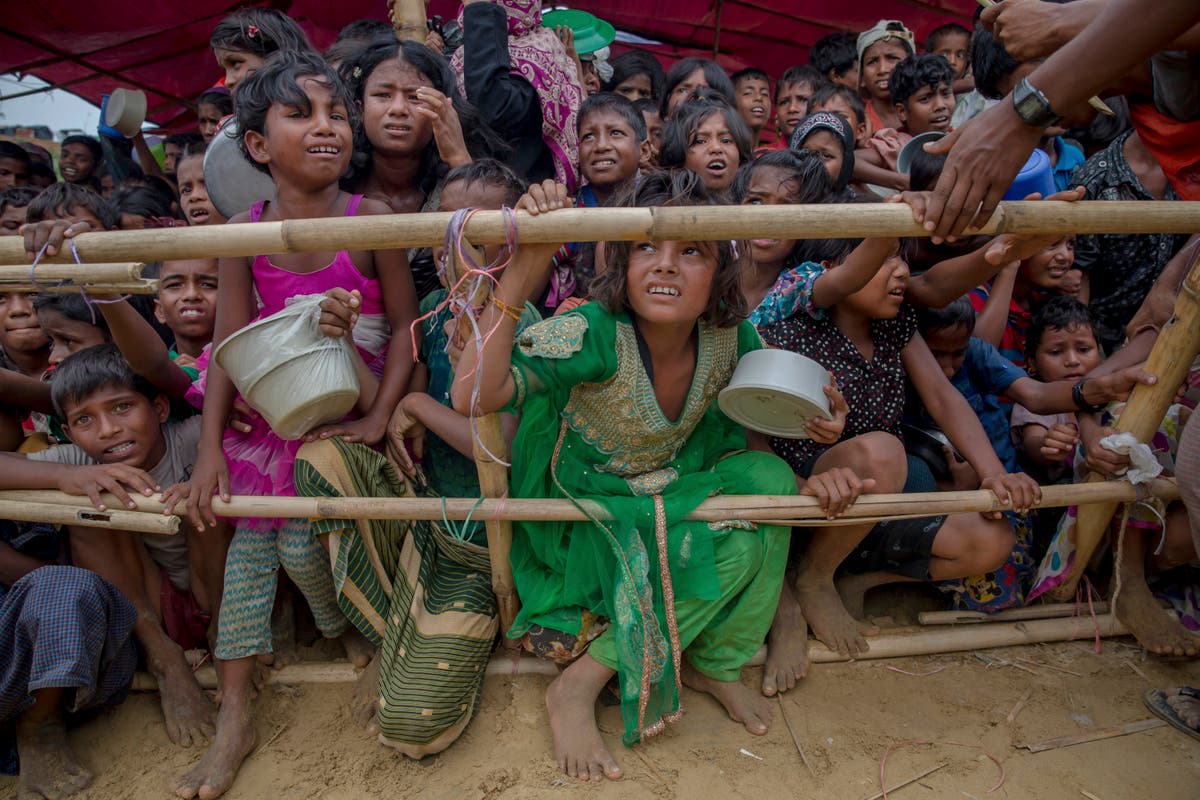
UN rights chief raises alarm about Myanmar's Rohingya civilians trapped by fighting
The Independent
The ‘impossible’ life of Myanmar’s Rohingya refugees
Al Jazeera
Invisible suffering of Rohingya refugees
The Hindu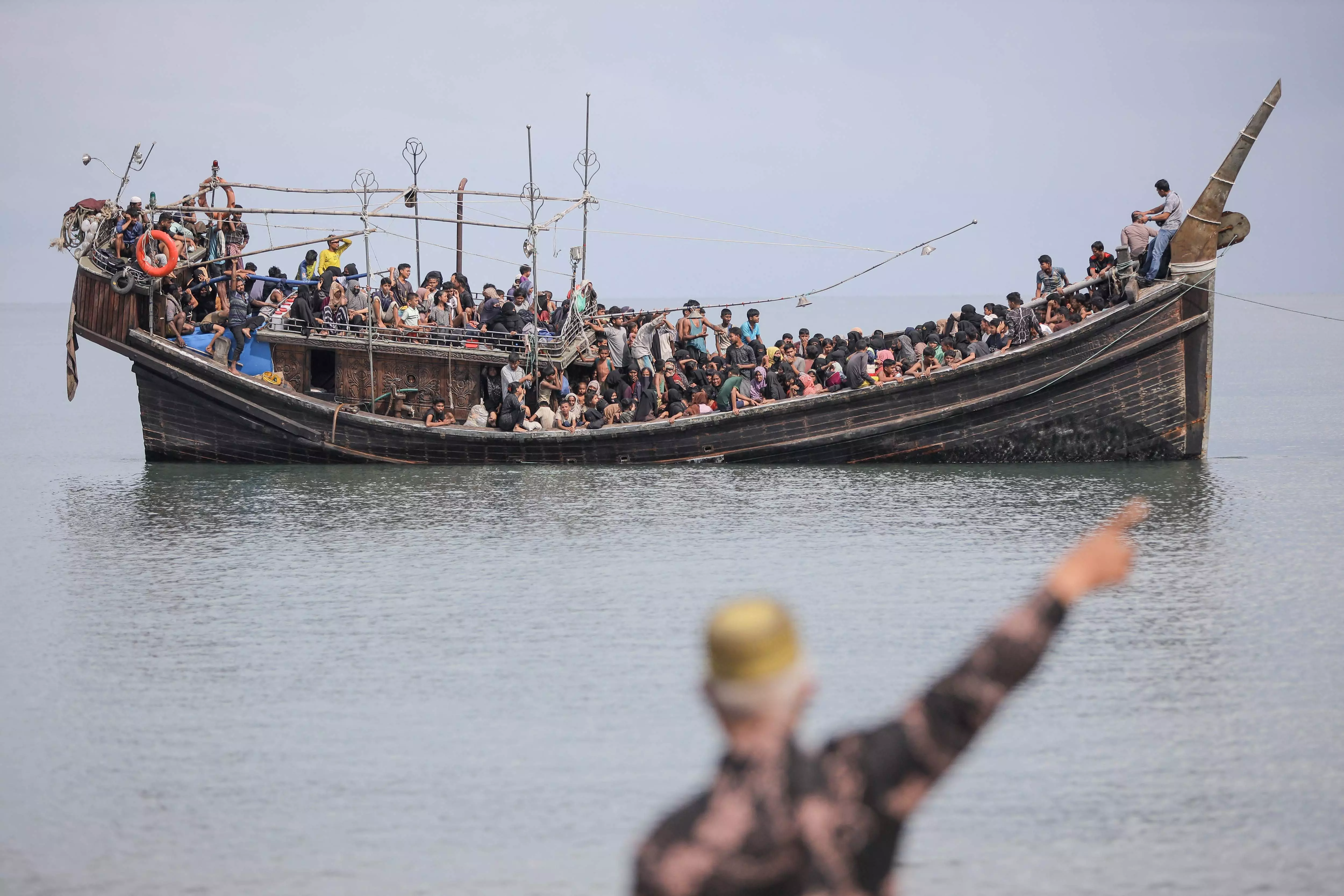
Violence in Myanmar Forces 45,000 Rohingya to Flee
Deccan Chronicle
Some 45,000 Rohingya flee amid allegations of beheading, burning in Myanmar
Al Jazeera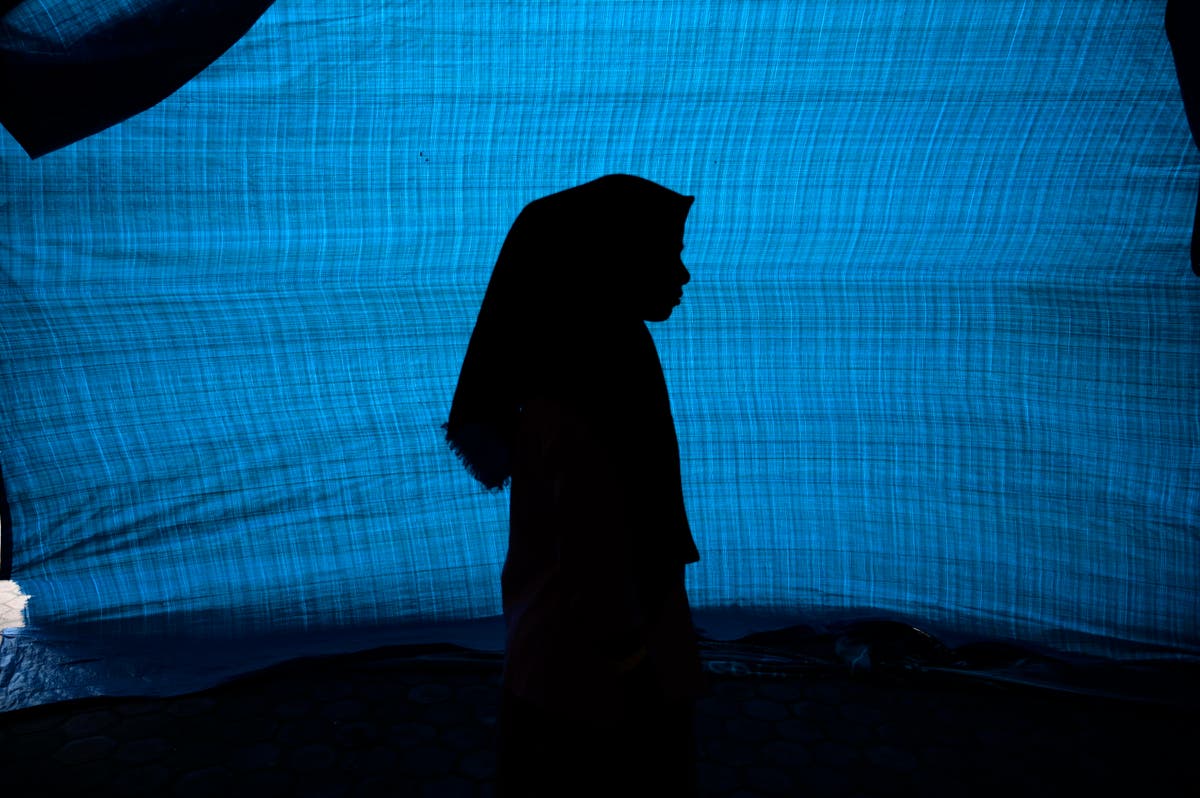
Rape, terror and death at sea: How a boat carrying Rohingya children, women and men capsized
The Independent
Rape, terror and death at sea: How a boat carrying Rohingya children, women and men capsized
Hindustan Times‘They tortured us': Rohingya survivors of fatal capsize say captain raped girls, purposely sank boat
Associated Press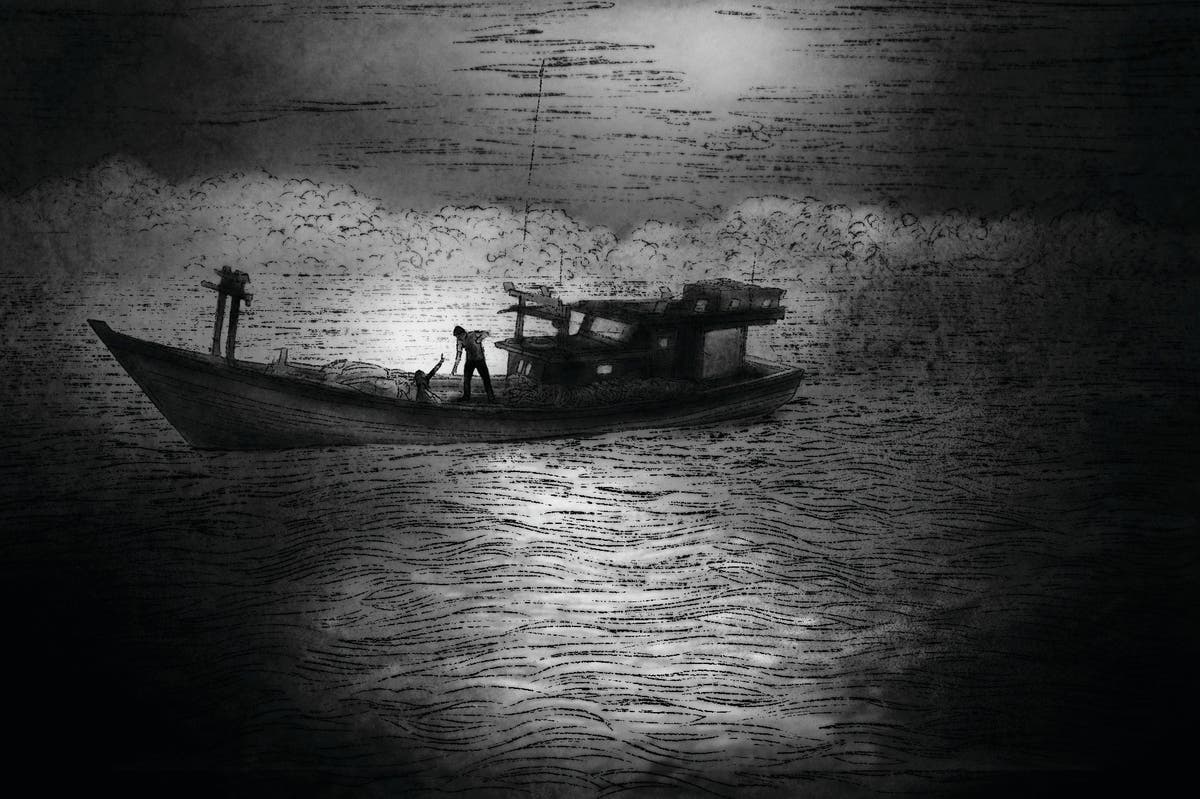
Rape, terror and death at sea: How a boat carrying Rohingya children, women and men capsized
The Independent
Rohingya mark Eid in Indonesia limbo after treacherous sea voyage
Hindustan TimesRohingya who moved to island in Bangladesh are learning job skills, says Japanese charity chief
Associated PressExplained: Why are Rohingya refugees risking their lives at sea
The Hindu
Rohingya refugee women survive on the edge
Deccan Chronicle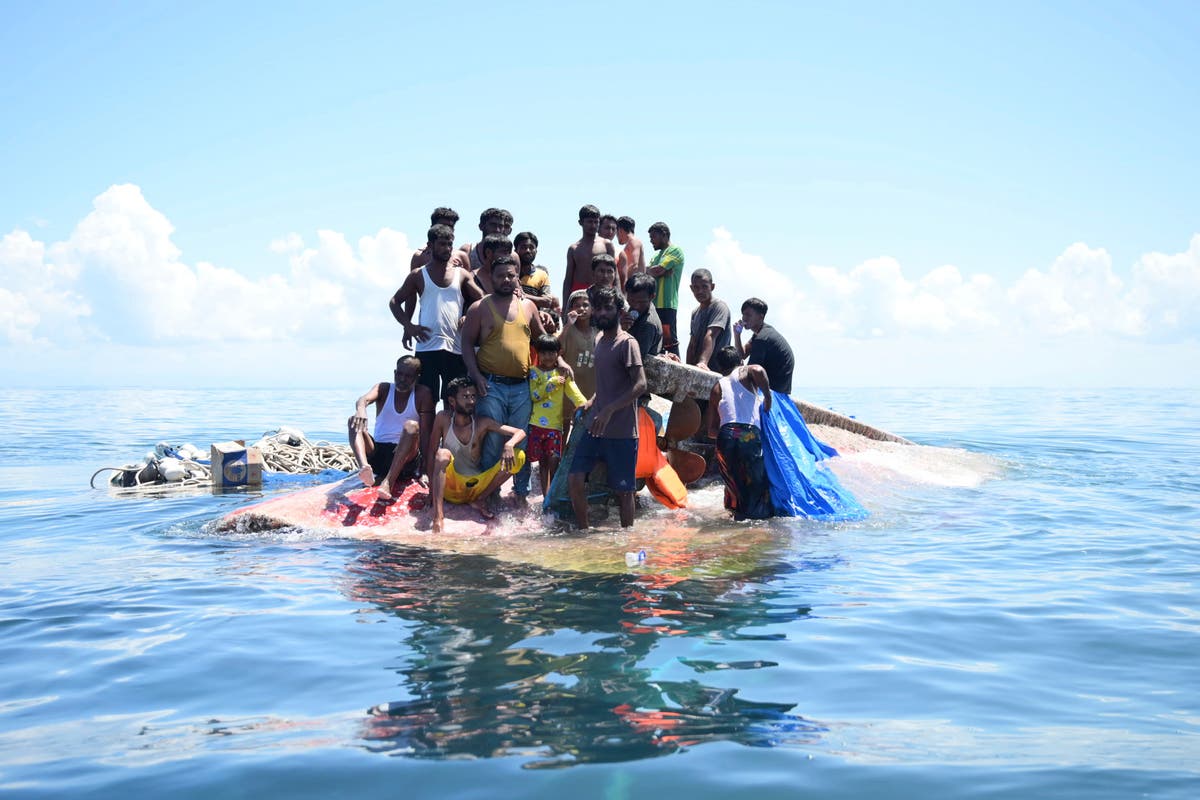
Bodies of 3 Rohingya refugees are found dead as Indonesia ends rescue for capsized boat
The Independent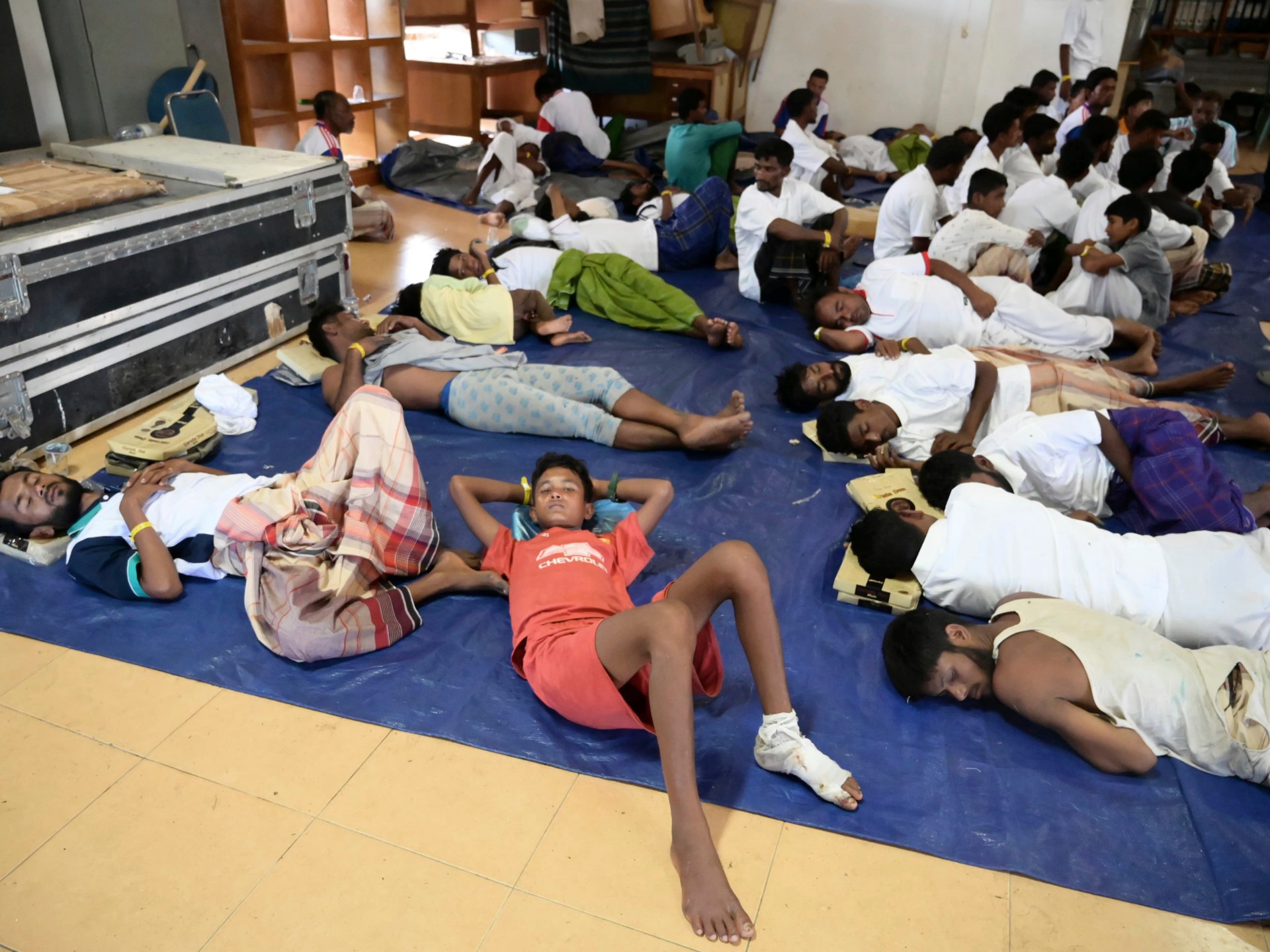
Bodies of three Rohingya found as Indonesia ends rescue for capsized boat
Al Jazeera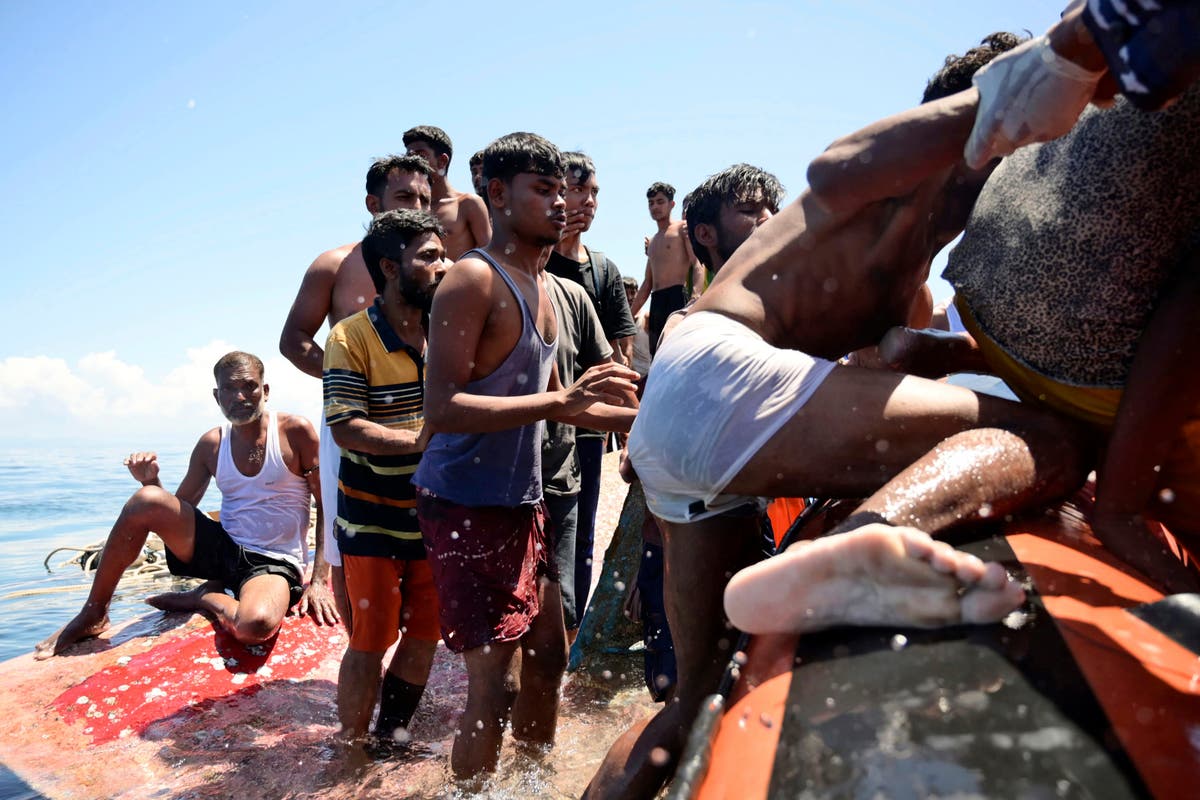
Indonesian rescue at sea of Rohingya refugees is a timely reminder of Myanmar crisis
The Independent
U.N. agencies fear about 70 missing or dead from capsized Rohingya refugee boat
LA TimesIndonesia's rescue of Rohingya refugees at sea is a reminder of an ordeal that began in Myanmar
Associated PressWeeping, weak and soaked, dozens of Rohingya refugees rescued after night on hull of capsized boat
Associated Press
At least 69 Rohingya refugees rescued after boat capsizes off Indonesia
Al Jazeera
A wooden boat carrying dozens of Rohingya Muslim migrants capsizes off Indonesia's coast
The Hindu
Bangladesh Once Again Cries Foul Over Rohingya Issue With India
ABP News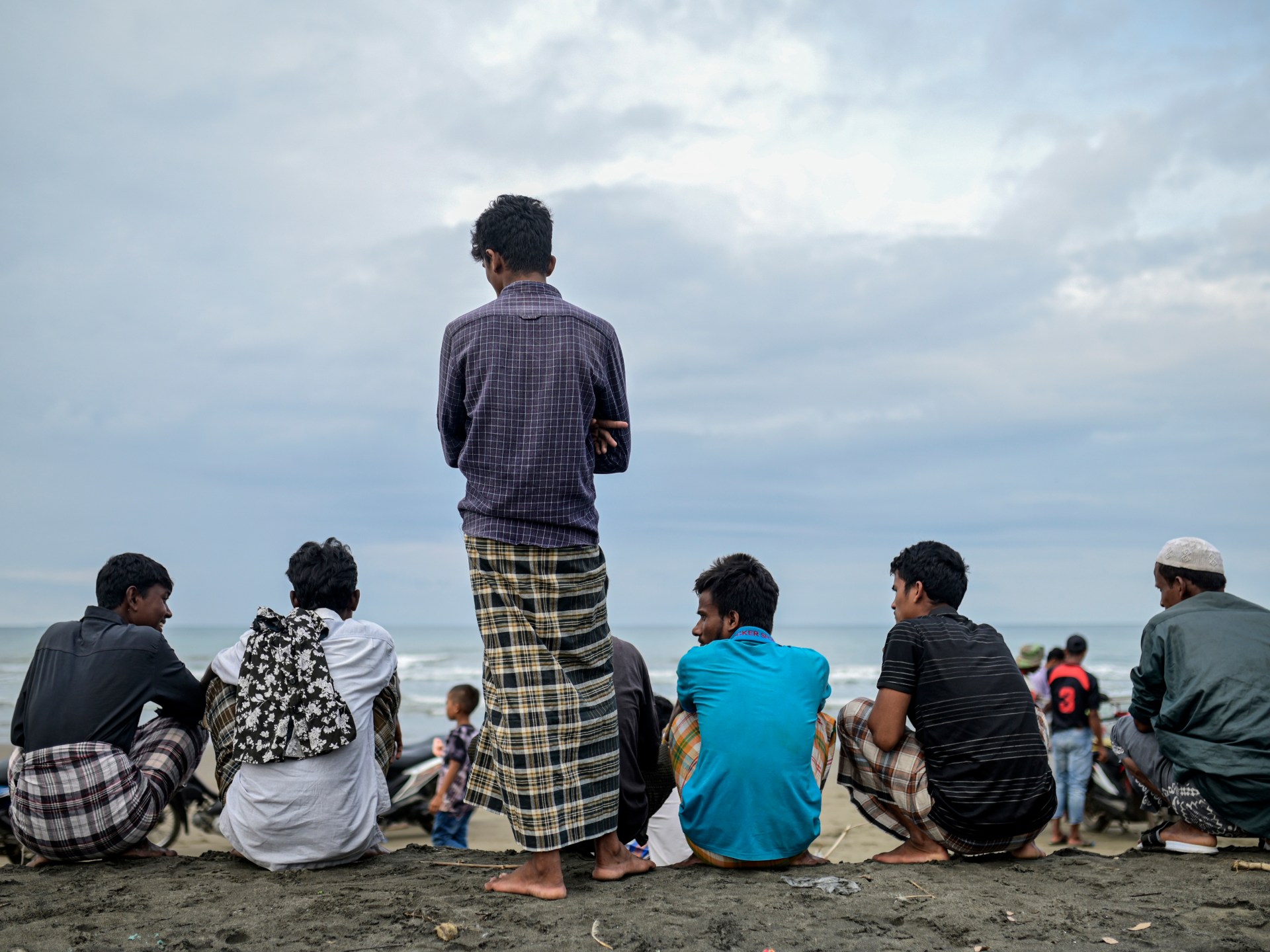
Dozens of Rohingya refugees flee Malaysian immigration detention centre
Al Jazeera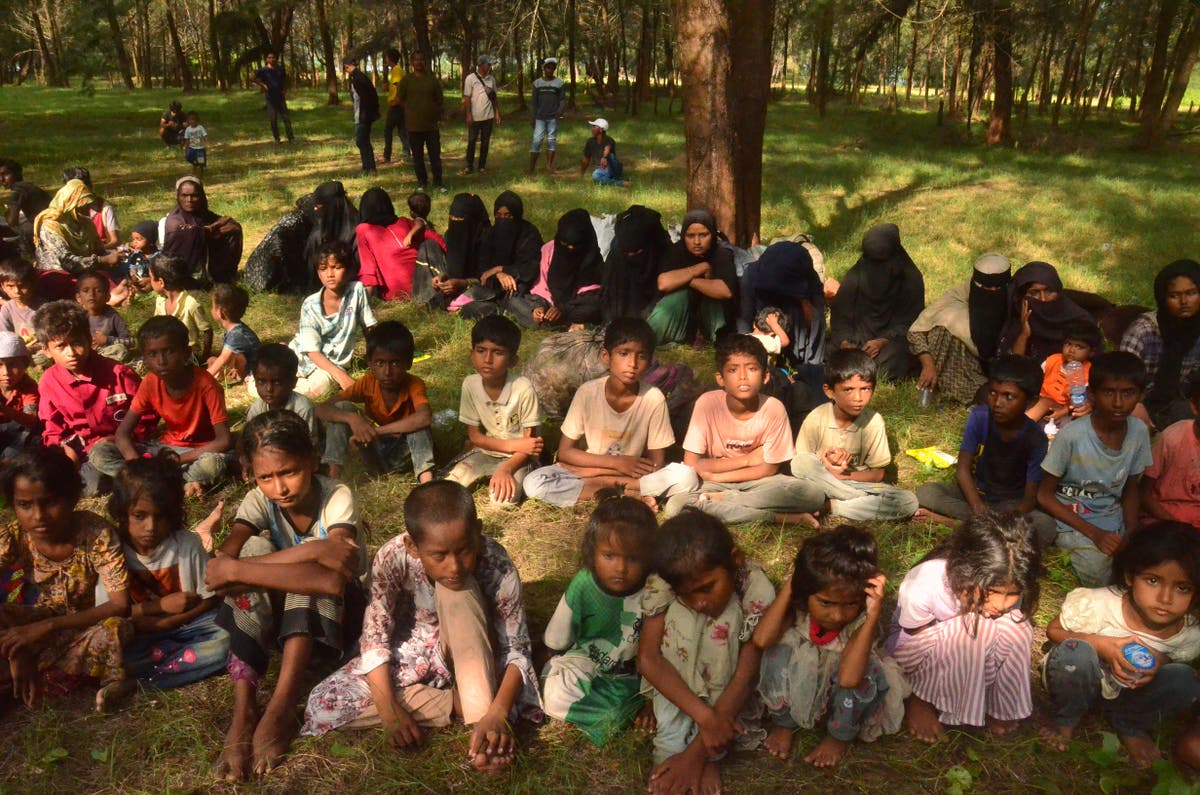
Out of options, Rohingya are fleeing Myanmar and Bangladesh by boat despite soaring death toll
The Independent
Rohingya refugees in Indonesia still hope for a better future
Al Jazeera
A fire in a Rohingya refugee camp in Bangladesh guts more than 1,000 shelters
The Hindu
A fire in a Rohingya refugee camp in Bangladesh guts more than 1,000 shelters
Hindustan TimesA fire in a Rohingya refugee camp in Bangladesh guts more than 1,000 shelters
Associated Press
The Rohingya: A Forgotten and Friendless People
The DiplomatRohingya refugees in Sri Lanka protest planned closure of U.N. office, fearing abandonment
Associated PressMore Rohingya refugees arrive in Indonesia despite rejection from locals
Associated Press
Rohingya refugees reaching Indonesia by boat pushed back to international waters
Live MintDiscover Related









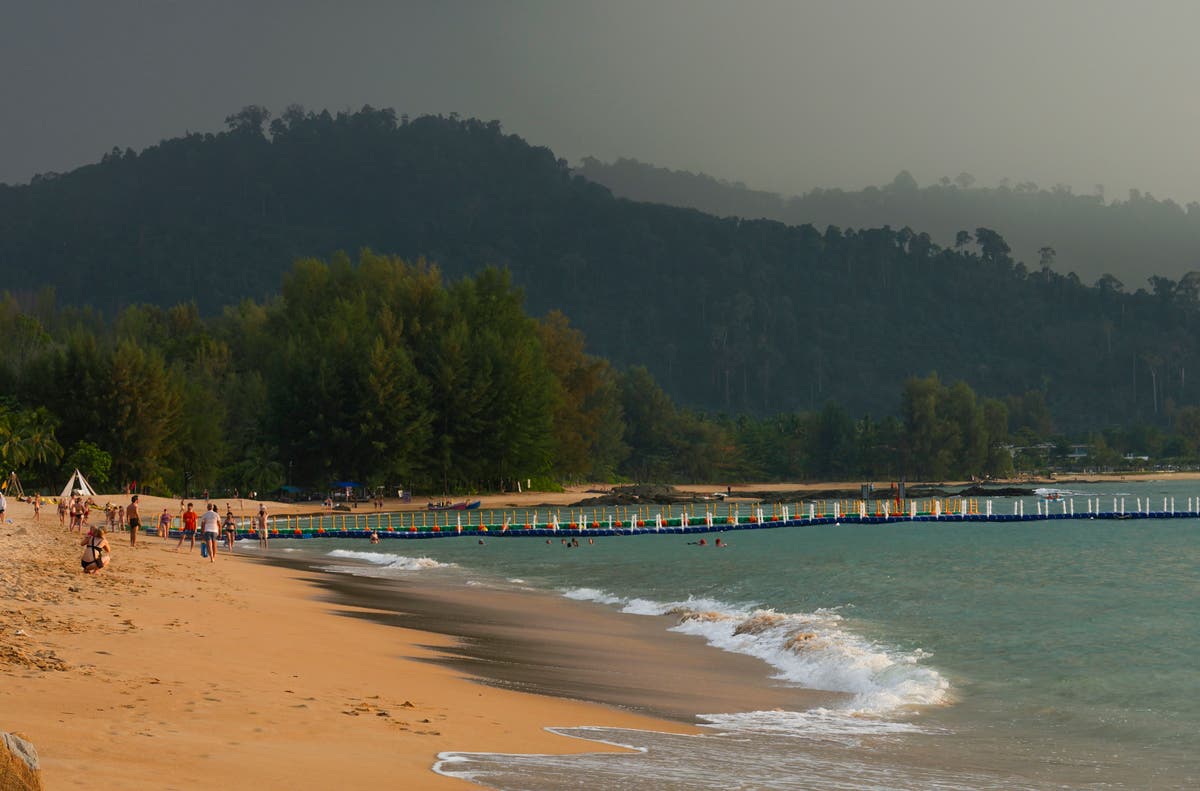







)




)








